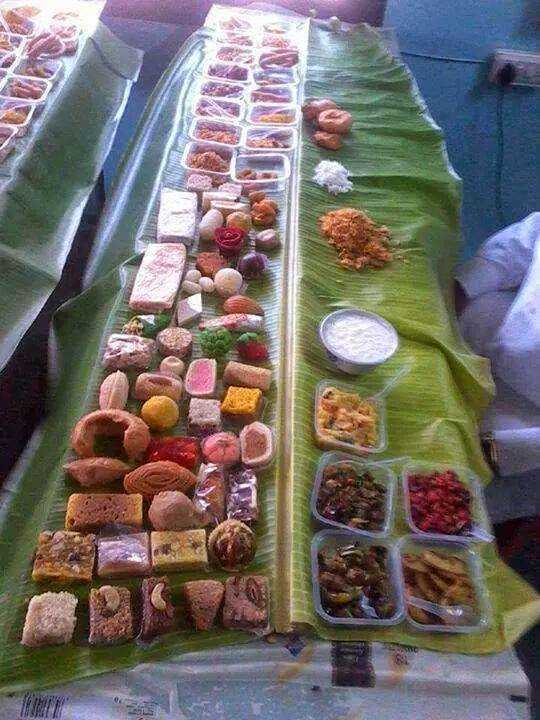Wheat is the staple food of Punjabis; however, they do enjoy eating rice on festivities and other special occasions. When it comes to food, each region in Punjab has an entirely different preference like people in Amritsar are particularly fond of stuffed paranthas and milk products. The philosophy of life for most of the Punjabis is to eat, drink and make merry. They are real lively people who are extremely fond of eating good food. In the preparation of Punjabi food, onion, ginger and garlic are used extensively to enhance the taste of the food.
Traditional Punjabi thali consists of varied kinds of breads; some are baked in the tandoor such as tandoori roti, lachha paratha, naan and kulcha, while others are dry baked on tava like chapatti and jowar ki roti. There is another fabulous variety of roti called rumali roti, which is larger in size as compared to the normal one and is also easily absorbable. Also, there are breads that are shallow fried such as parantha and deep fried such as puri and bhatoora.
Popular Punjabi Dishes
Non Vegetarian





